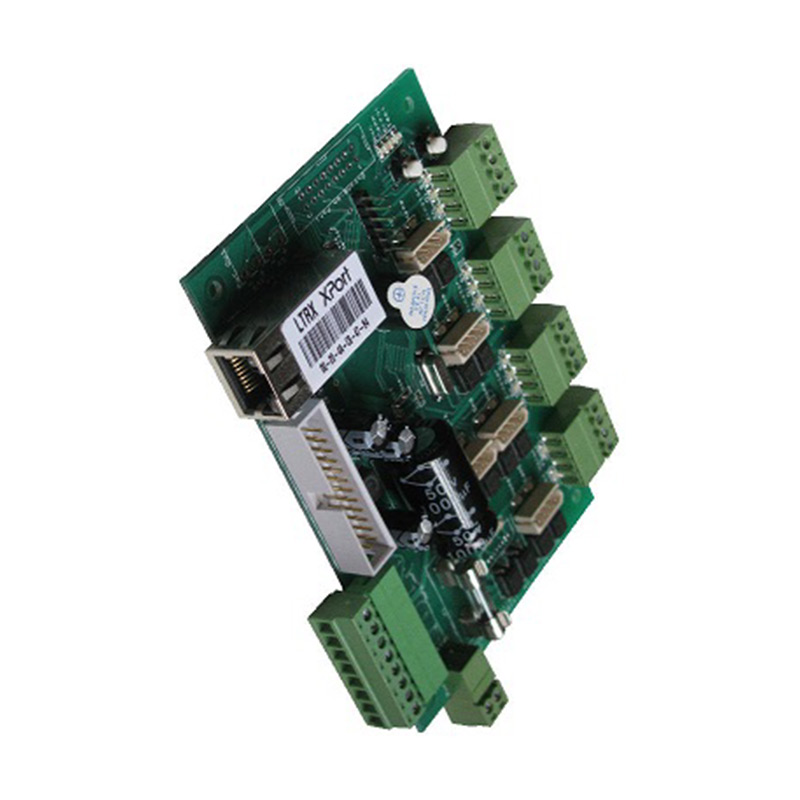

Understanding Fully Tempered Glass Properties, Benefits, and Applications
Fully tempered glass, also known as toughened glass, is a type of glass that has undergone a specific thermal treatment to enhance its strength and safety. This process involves heating the glass to approximately 620°C (1,148°F), then rapidly cooling it, which alters its internal structure. The result is a material that is significantly more robust than standard glass. Here, we explore the properties, benefits, and various applications of fully tempered glass.
Properties of Fully Tempered Glass
One of the primary properties of fully tempered glass is its increased strength. It is four to five times stronger than regular glass of the same thickness. This durability is crucial in various applications where safety and performance are paramount. In addition to its strength, fully tempered glass possesses a higher resistance to thermal stress. This means it can endure sudden temperature changes without cracking or shattering, making it suitable for environments where heat fluctuations are common.
Moreover, when fully tempered glass does break, it shatters into small, blunt pieces rather than sharp shards. This characteristic significantly reduces the risk of injury, making it an ideal choice for public spaces and residential use alike.
Benefits of Fully Tempered Glass
The advantages of fully tempered glass extend beyond its safety features. The aesthetic appeal is another significant benefit, as it provides a sleek and modern look that is highly desirable in contemporary architecture. It can be manufactured in various thicknesses and treatments, allowing for a wide range of design possibilities. Architects and designers often favor fully tempered glass for facades, glass railings, and large windows.
Energy efficiency is another noteworthy benefit. Fully tempered glass can be combined with Low-E (low emissivity) coatings to enhance thermal insulation. This combination can significantly lower heating and cooling costs, contributing to energy savings in residential and commercial buildings.

Applications of Fully Tempered Glass
The applications of fully tempered glass are extensive and varied, making it a versatile material in modern construction and design. It is commonly used in
1. Building Facades The durability and safety of fully tempered glass make it an excellent choice for exterior walls in high-rise buildings. It not only provides structural integrity but also allows for ample natural light.
2. Shower Doors In residential settings, fully tempered glass is a popular option for shower doors due to its strength and resistance to moisture. Its ability to shatter into small pieces rather than sharp edges is a major safety advantage in bathrooms.
3. Glass Railings For both commercial and residential properties, fully tempered glass railings provide unobstructed views while ensuring safety. The toughened nature of the glass withstands pressure and impact effectively.
4. Storefronts Retail businesses often utilize fully tempered glass for storefronts, as it offers both durability against vandalism and an attractive display for customers.
5. Automotive Applications The automotive industry employs fully tempered glass in various parts of vehicles, including side and rear windows, where strength and safety are of utmost importance.
In conclusion, fully tempered glass is a remarkable material that combines strength, safety, and aesthetic appeal. Its rigorous manufacturing process results in a product that meets contemporary demands for durability and design. Whether in architectural design, interior applications, or automotive uses, fully tempered glass continues to play an essential role in modern construction and safety features.